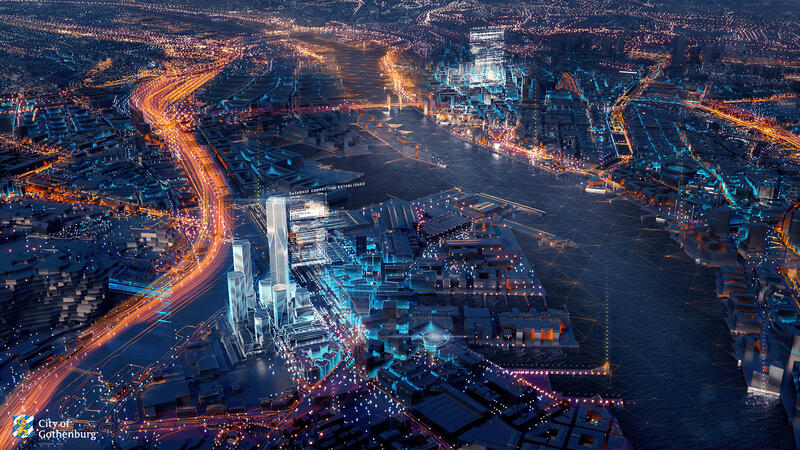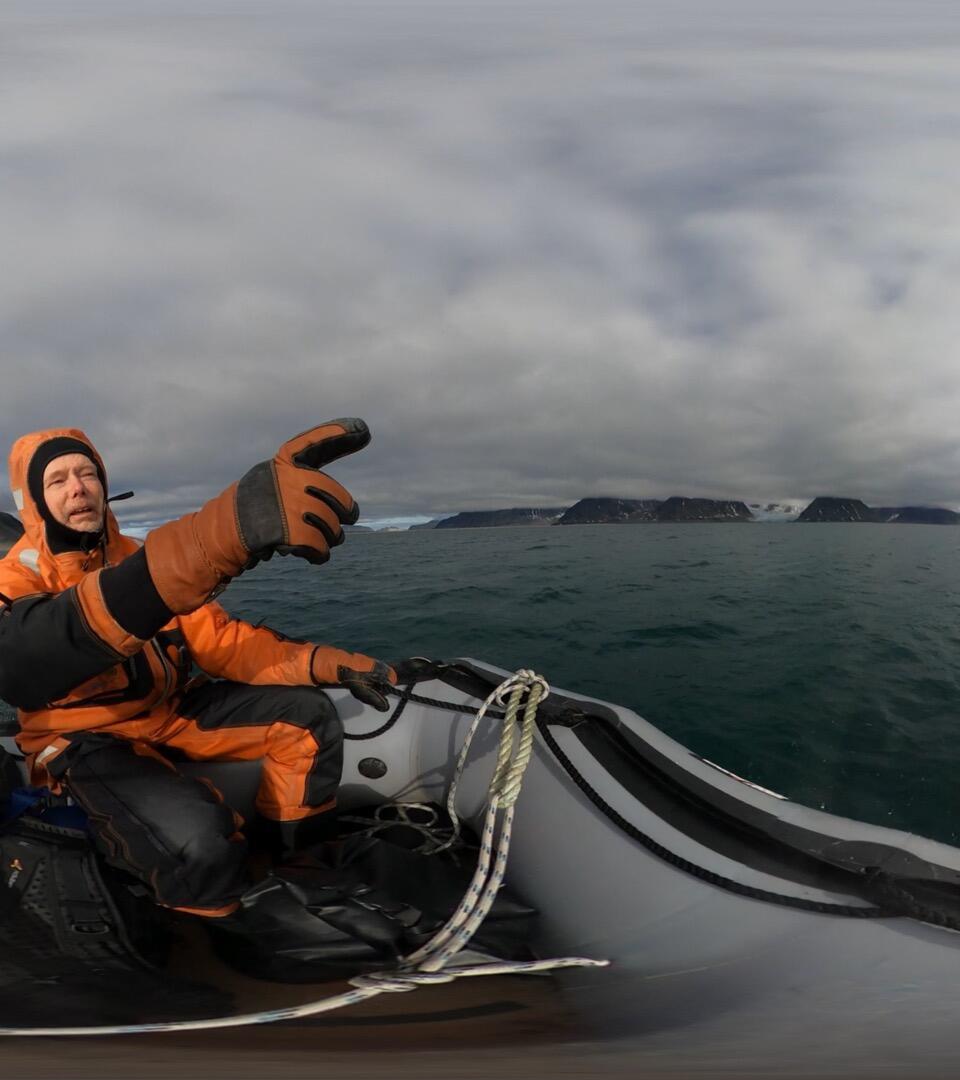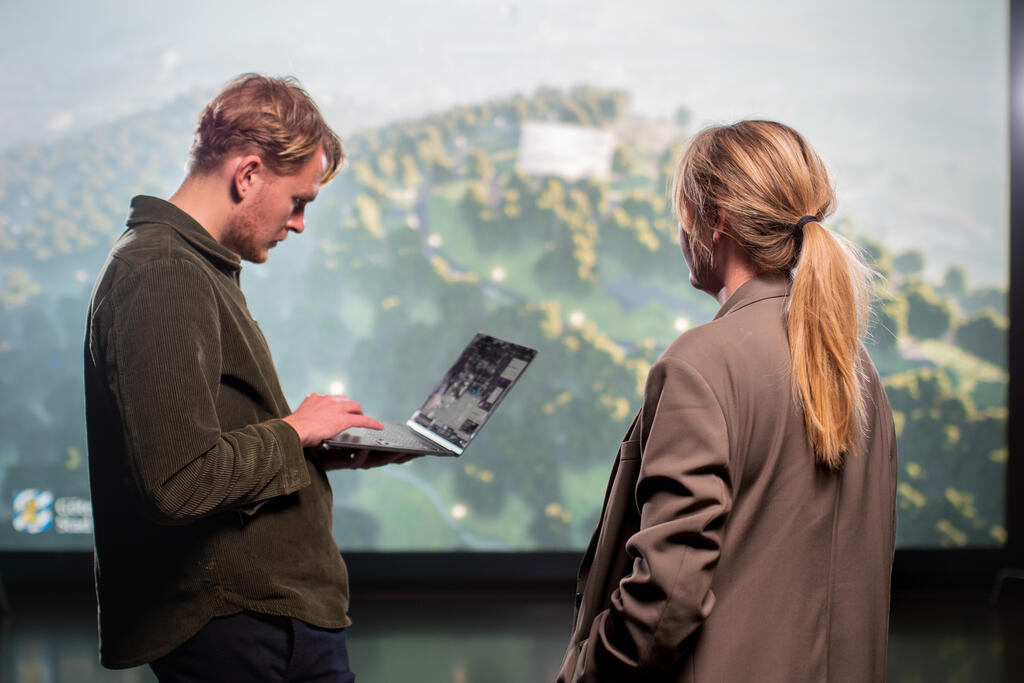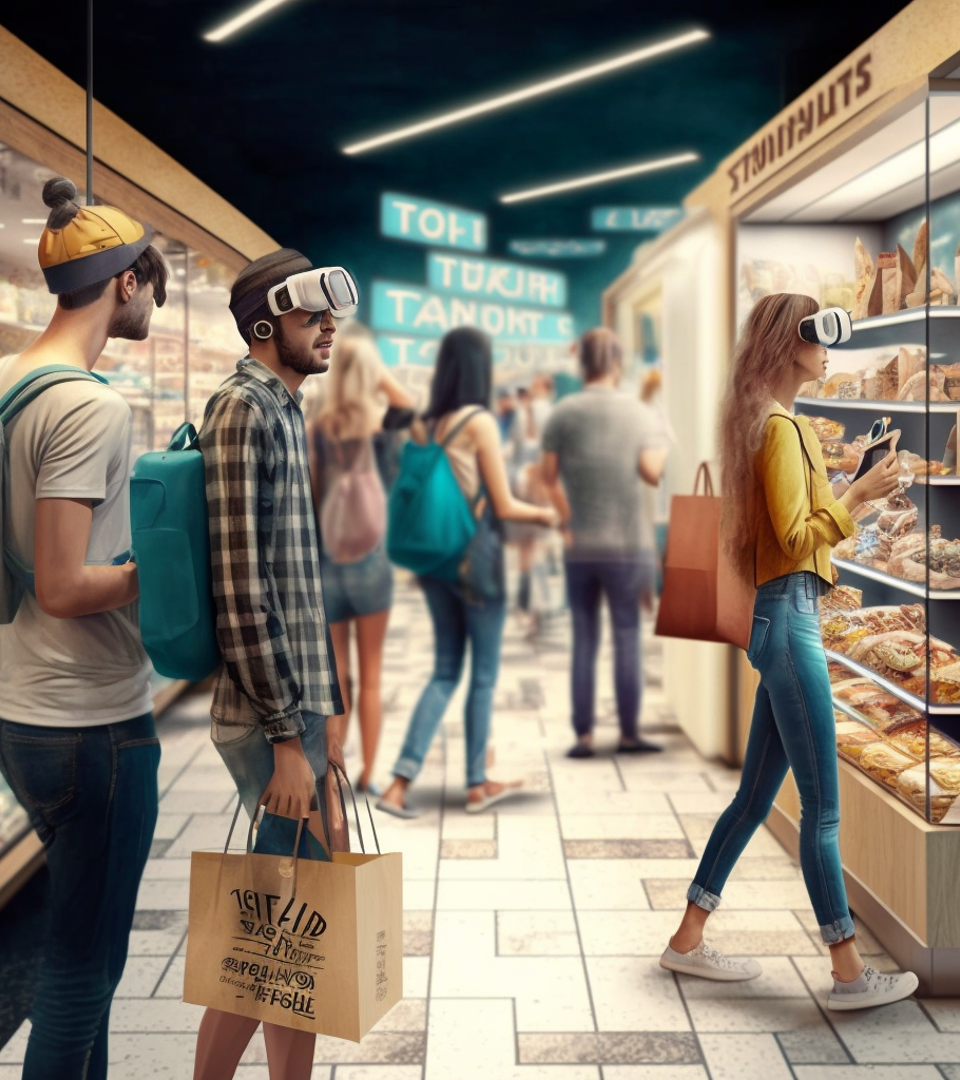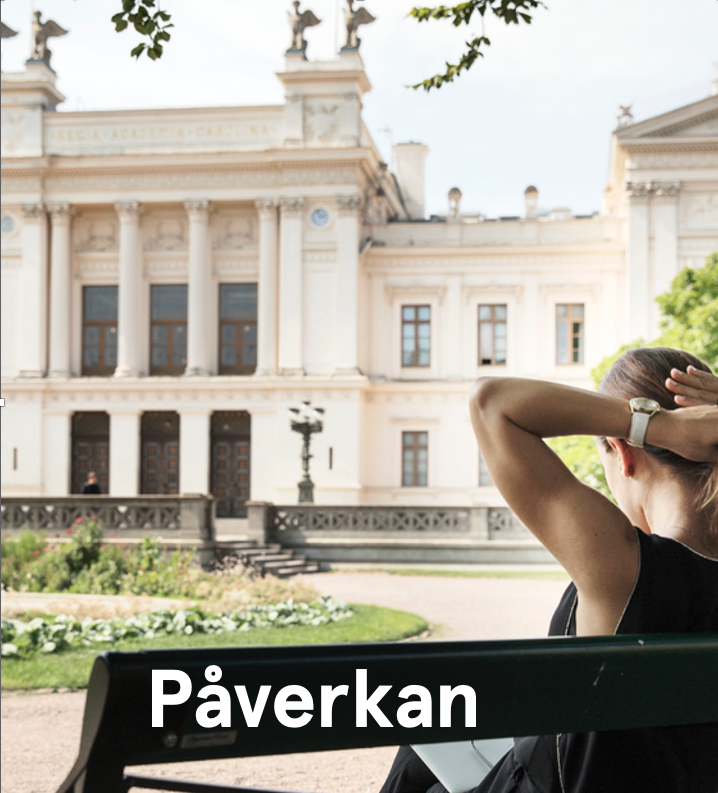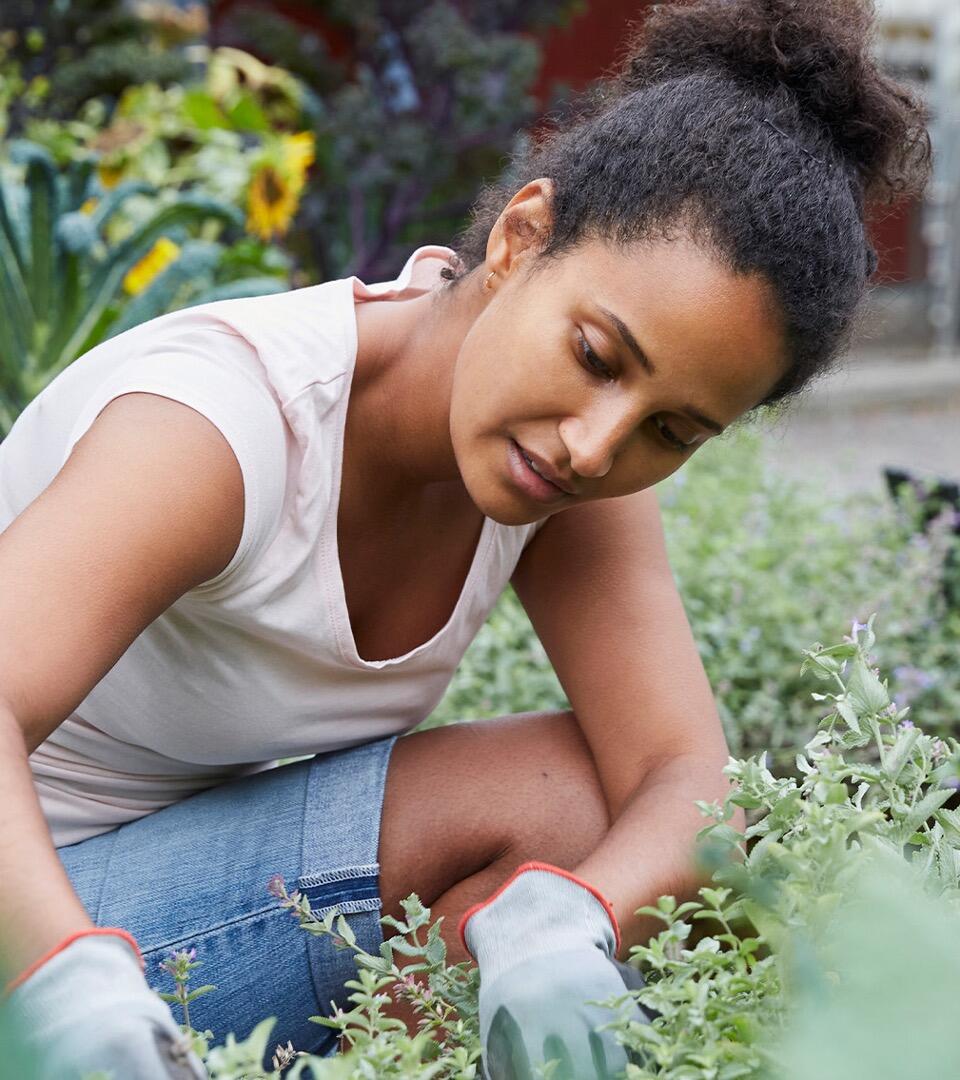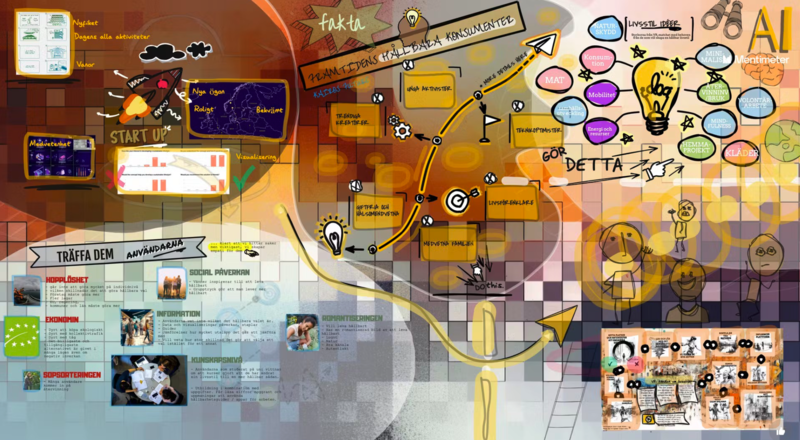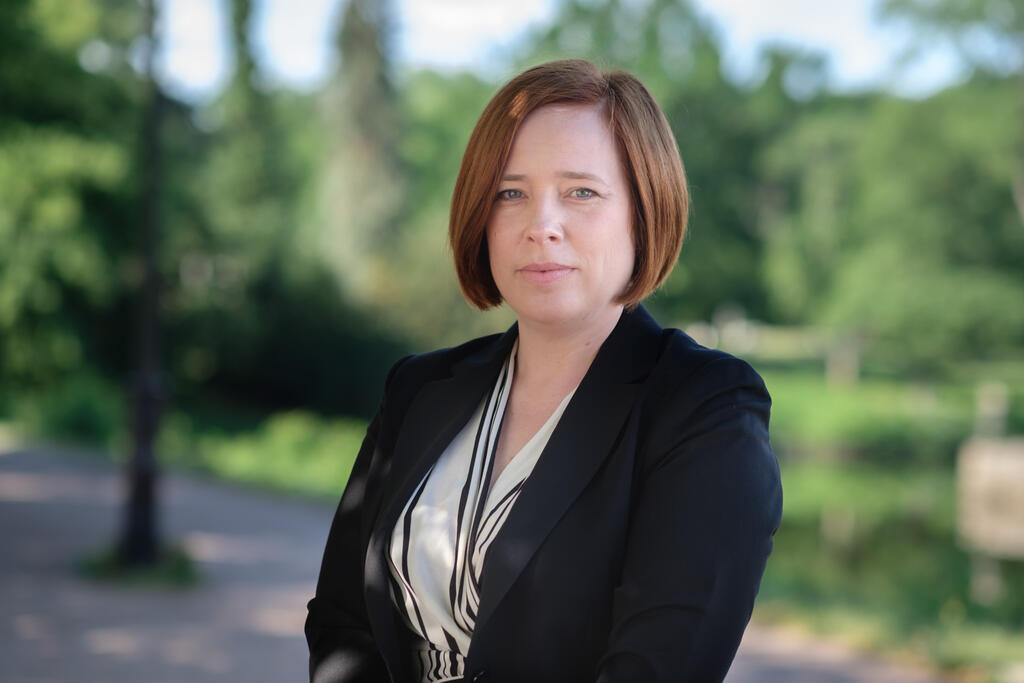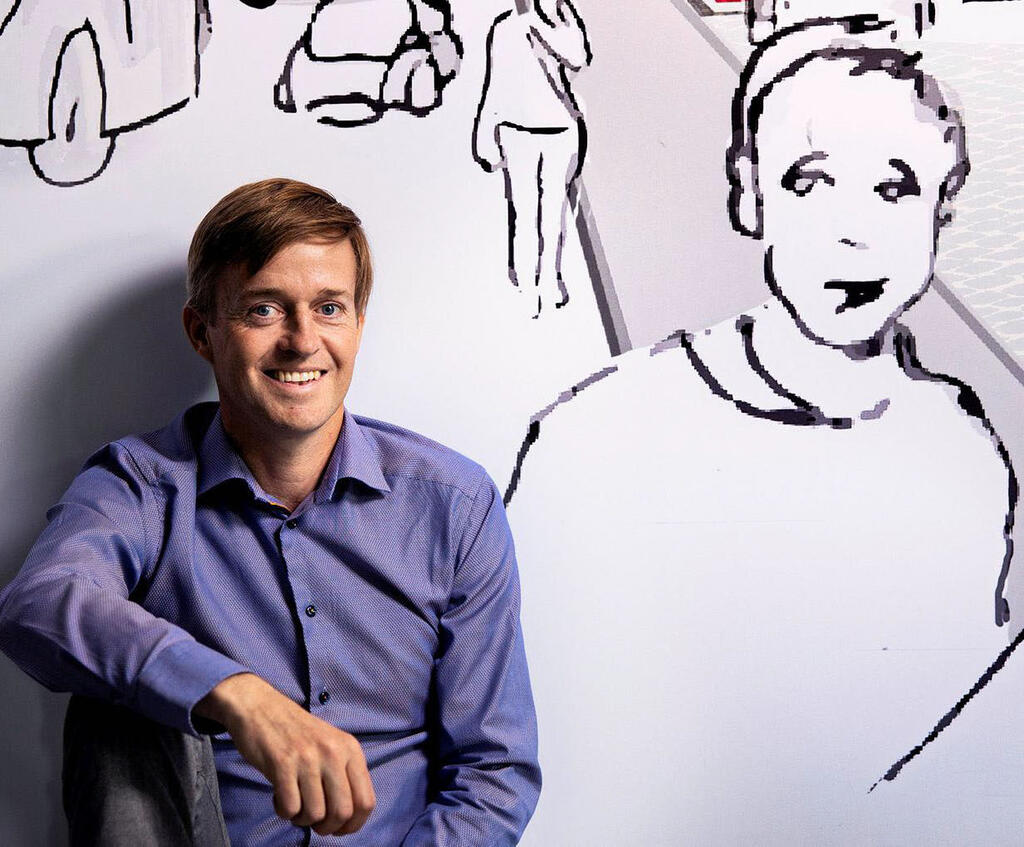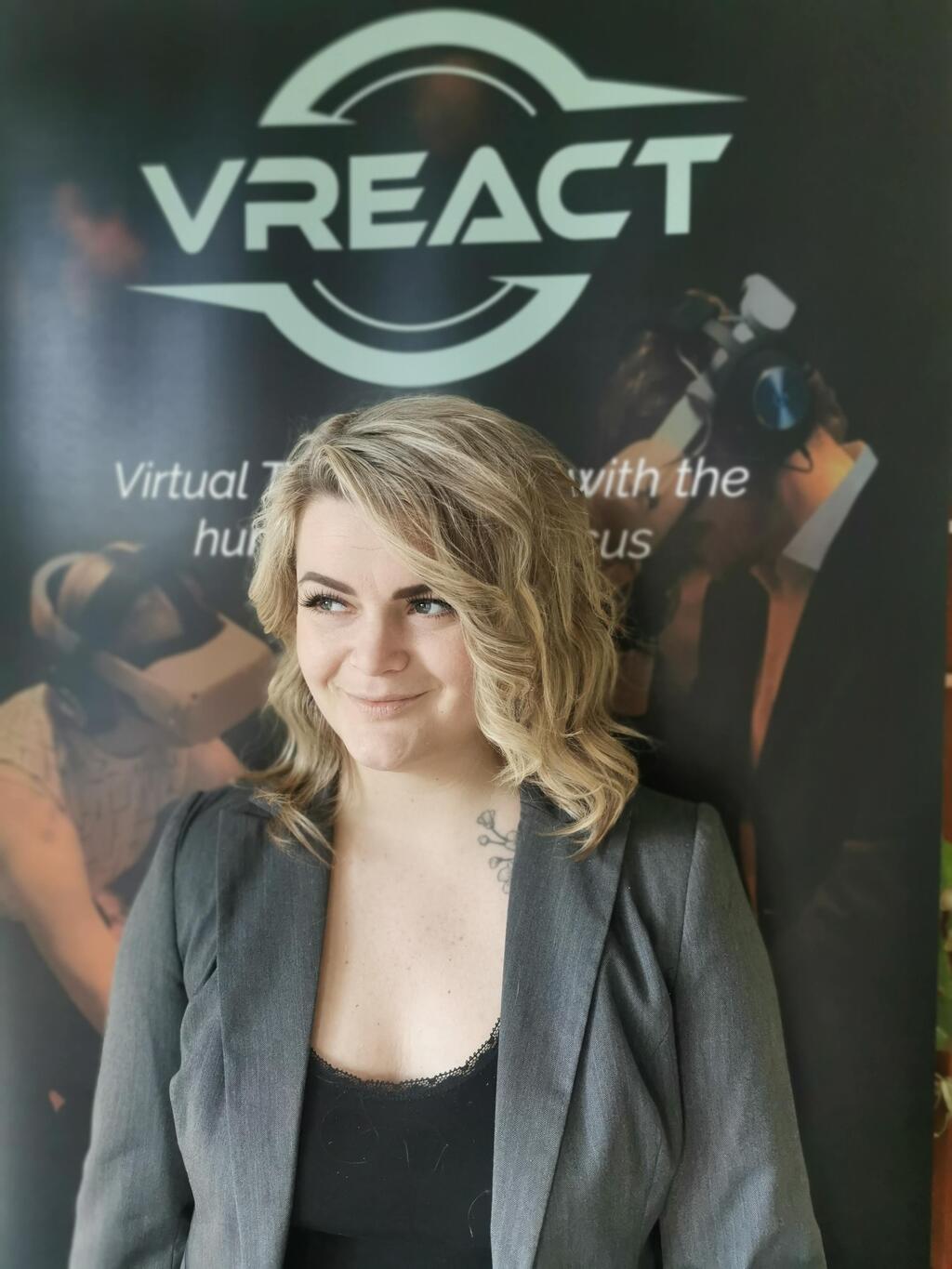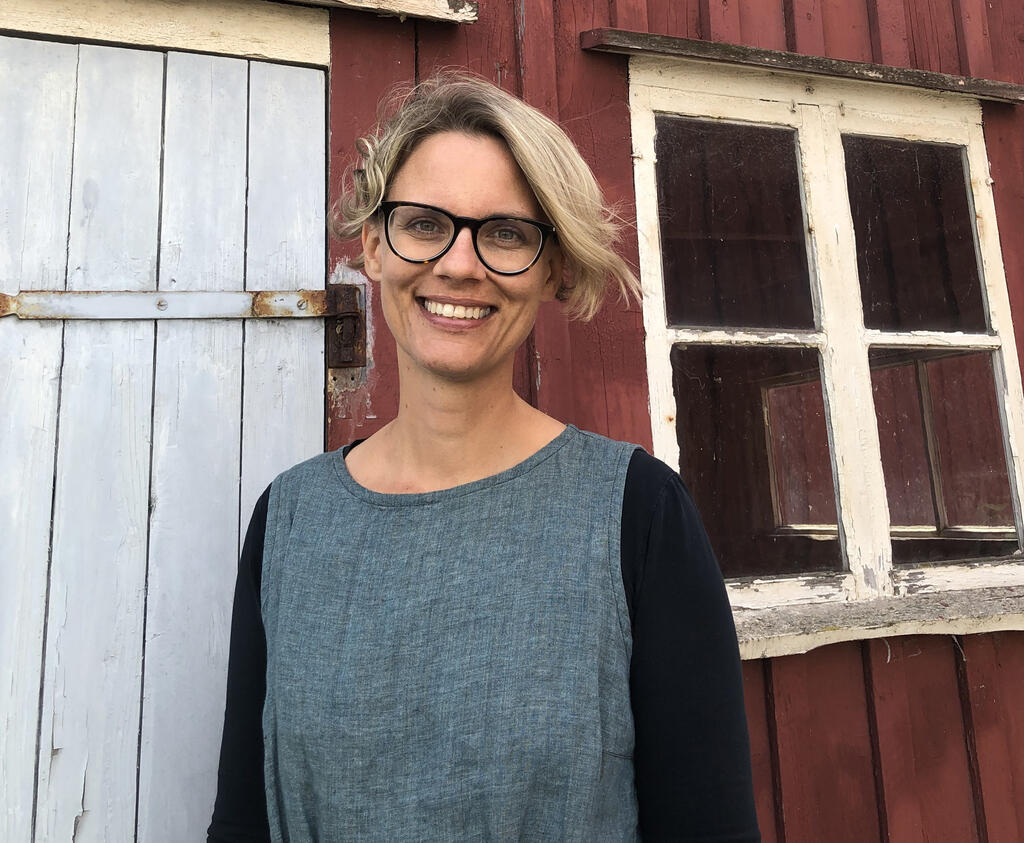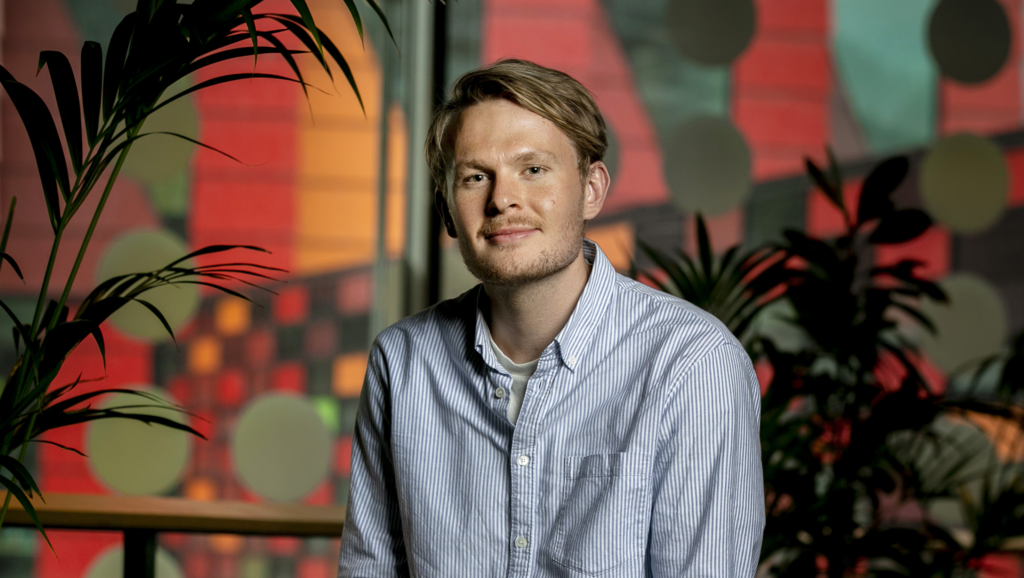VR as an Empathy Machine: Designing for a Sustainable Lifestyle
Innovation Journey to Encourage Sustainable Consumption Amongst Youth
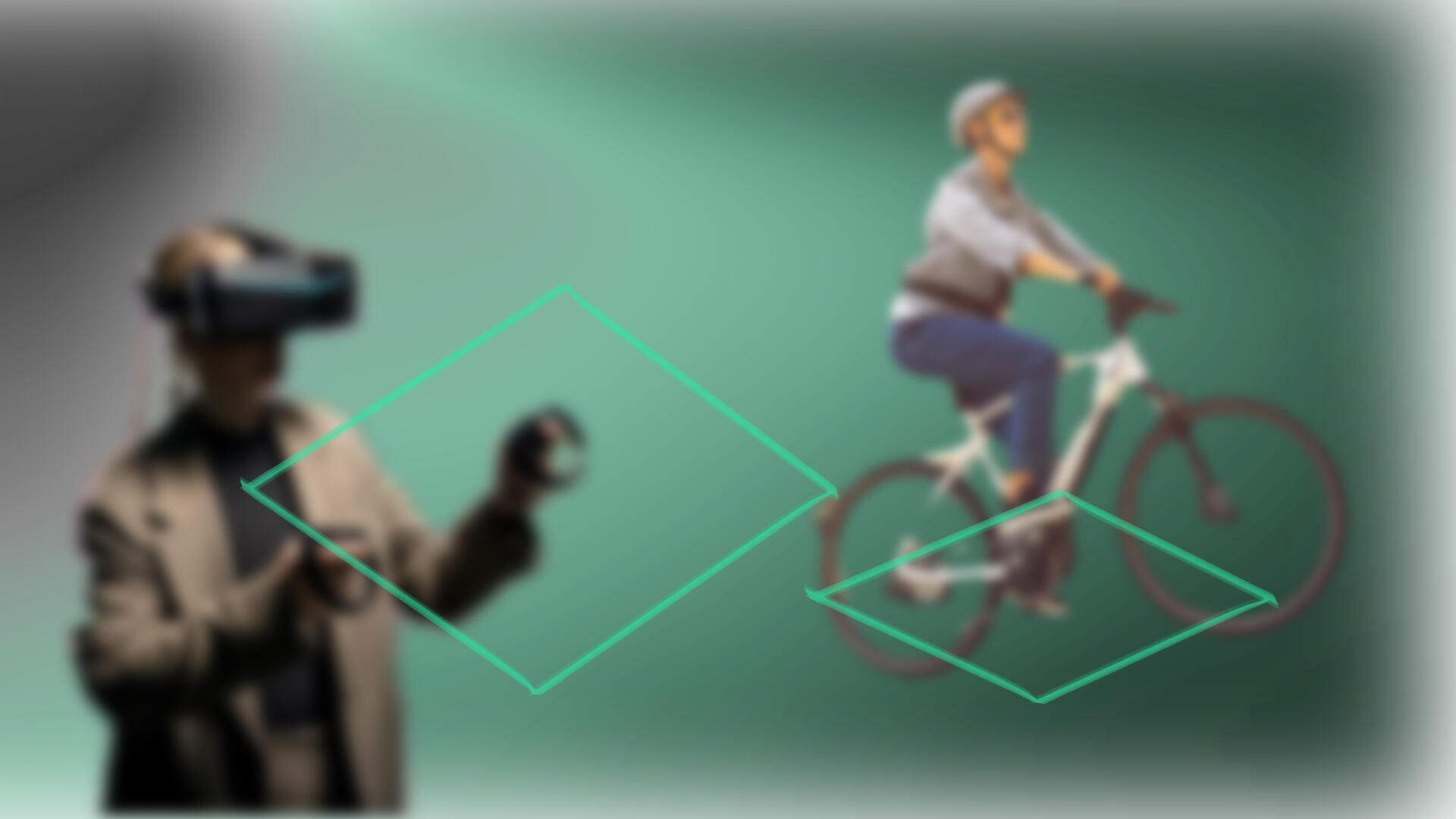
With the urgent need to reduce our carbon footprint, it's becoming increasingly clear that technological innovations alone cannot solve the climate crisis we're facing. Instead, we must change our lifestyles and consumption patterns, which requires a deep understanding of why we consume the way we do.
Based on this premise, we embarked on a design and innovation journey with the goal of exploring user needs and consumption behaviors to develop a VR experience that would encourage young adults to lead sustainable lives.
We collaborated on this project with partners, including: Vreact, Gullers grupp, Newincom, Göteborgs Stad. Additionally, we worked with information visualization experts from the Norwegian University of Science and Technology.
This initiative was made possible through co-funding from the Västra Götaland Region.
One of the major challenges in promoting sustainable lifestyles is understanding why we consume the way we do. Consumption behaviors aren't just about meeting practical needs but also about creating identity and status. This makes it difficult to make rational choices for sustainable consumption, as we are influenced by the attitudes, values, and norms prevailing in our surroundings. Therefore, there must be supportive systems in individuals' daily lives that facilitate sustainable choices.
In this project, we used the double diamond design model to identify the psychological factors influencing the consumption of young people and to tailor a VR solution that responds to users' needs and factors.
We identified three challenges for influencing young consumers to adopt sustainable practices:
1. Hopelessness
- Young people feel a sense of hopelessness regarding their individual impact on the environment.
- They believe that businesses and politicians must assume more responsibility.
- They advocate for more regulations and want to understand the difference they can make.
Lack of Knowledge
- Many young people lack knowledge about sustainability and where they can make the most significant difference.
- Their lack of knowledge is also linked to the economic factor.
- For example, they are unwilling to spend money on eco-friendly products because they don't understand the impact.
Economic Factors
- Young people perceive sustainability as expensive.
- Eco-friendly products are considered costly.
- Using trains and public transport is seen as expensive and time-consuming.
- The cheapest and most accessible option usually comes first.
There is hope.
We also identified influencing factors and opportunities for behavioral change that could lead to sustainable consumption among young people:
Information at the Point of Purchase Matters
- Users are often unaware of the sustainable choice, but data and visualizations about a product's emissions have an impact.
- Examples include bars, guides, and comparisons.
- Users want to understand how choosing a sustainable product over an unsustainable one could make a collective difference.
Social Influence
- Friends inspire sustainable consumption and living through verbal conversations, education, and setting an example through social markers.
- Peer pressure and shaming also play a role in encouraging young people to consume sustainably to avoid judgment or comments from their conscious friends.
Education Influences Sustainable Behavior
- Users who have studied at a university or college reported that courses influenced them to adopt a more sustainable lifestyle.
- Education, coupled with assignments, allowed students to delve into sustainability through courses, where they delved into numbers thoroughly and were encouraged to use sustainability guides/apps for academic tasks.
Youth Romanticize Sustainable Living
-
Young people have a romanticized perception of living sustainably
-
They believe there's authenticity in leading a sustainable life close to nature
-
Thinking about living sustainably gives them a sense of peace and contentment.
In our pursuit of innovation with significant climate benefits, we embarked on an exploration of users and various VR solutions. Through our exploration, we uncovered:
-
1. A Complex Tapestry of User Diversity:
Users are incredibly diverse, each with their unique traits and preferences. The variety among us is astounding!
-
2. A Multitude of Disparate VR Solutions:
We encountered a vast number of individual VR solutions, each seemingly isolated within the expansive landscape of virtual experiences.
A pattern emerged: there are many fantastic VR experiences available.
However, these experiences are not interconnected.
Users are left to navigate this vast array independently.
-
3. The Need for a "VR Channel" for Sustainable Lifestyles:
Amid the sea of VR options, we recognized a need for a dedicated "VR channel" centered around sustainable lifestyles.
Users need a platform where these various VR experiences are linked, allowing them to traverse their individual paths with ease.
Now, let's zoom in and explore a snippet of the data generated from our interviews and user tests on prototypes.
Documents and Presentations Developed within the Project "VR as an Empathy Machine: Designing for Sustainable Lifestyles"

In the project "VR as an Empathy Machine: Design for a Sustainable Lifestyle," we have conducted user interviews, tested prototypes on them, and connected them with external research, such as Kairos Future, via ChatGPT. From this, we have identified what they think and feel about the climate issue and how we can influence them. Explore them through our presentations below.

Illustration av projektets metod
"As an agency for leading social actors, we at Gullers Grupp are always curious to find solutions that can contribute to dialogue and increased understanding and thus contribute to positive social development. We see great potential in and are curious about VR technology as a tool to create strong experiences to clarify the difficult and complex and as a link between the physical and digital. An initiative like the project "VR film as an empathy machine" is interesting as it is important for us to investigate all possible ways in which technology can help to create a sustainable future."
– Susan Lorentzen, Gullers grupp
"Changing more people to a more sustainable lifestyle feels obvious. Vital. If my experience and competence in strong stories and modern technology can only contribute to this to a small degree, then the choice to get involved is obvious. Vital."
Andreas, Newincom
- We must find new ways to influence the motivation of young people to create sustainable behavior where the future is always in focus. Vreact is passionate about influencing and inspiring people with the help of Virtual reality and is proud to participate in this new venture
Tora Stridh, Vreact
"The City of Gothenburg is working towards the goal that Gothenburg will have a climate footprint close to zero by 2030. In order to succeed, it is necessary that we take the residents with us on that journey because a majority of greenhouse gas emissions come from household consumption and lifestyle. It will be exciting to explore the target group of young adults and how VR can stimulate the behavioral change required in climate change."
– Tove Lund, Demokrati och medborgarservice, Göteborgs Stad
"It's great to delve into the users, understand the motives behind why they live the lifestyle they do and how we can design a VR experience that alludes to their emotions to get them to actively act. The climate crisis we are facing worries me and my colleagues, it feels fantastic to design an experience that can influence for the better!"
– Carl-Fredrik Hansson, projektledare, Visual Arena
The project is part of the initiative "Climate 2030 - Västra Götaland changes", a regional gathering of forces to achieve ambitious climate goals. One of the goals is to reduce the emissions of greenhouse gases by 80% by the year 2030 compared to 1990. In addition, there is an important consumption goal which means that the emissions from the consumption of the West Swedes must be reduced by 30% by the same year compared to 2010.
This venture is possible thanks to funding from Västra Götalandsregionen
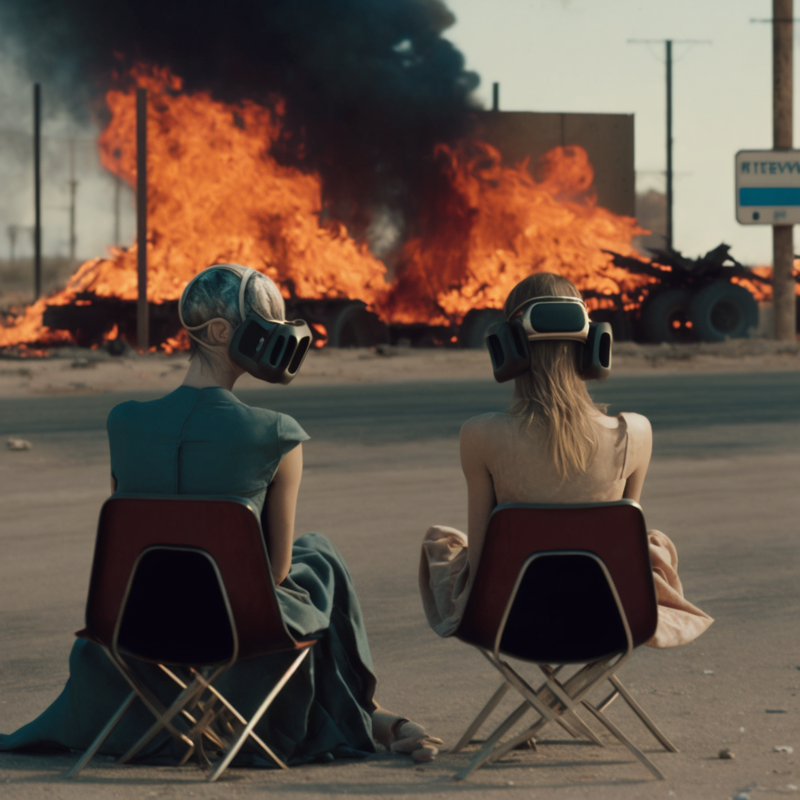
Immersive Experiences for the Climate
Do you want to know more?
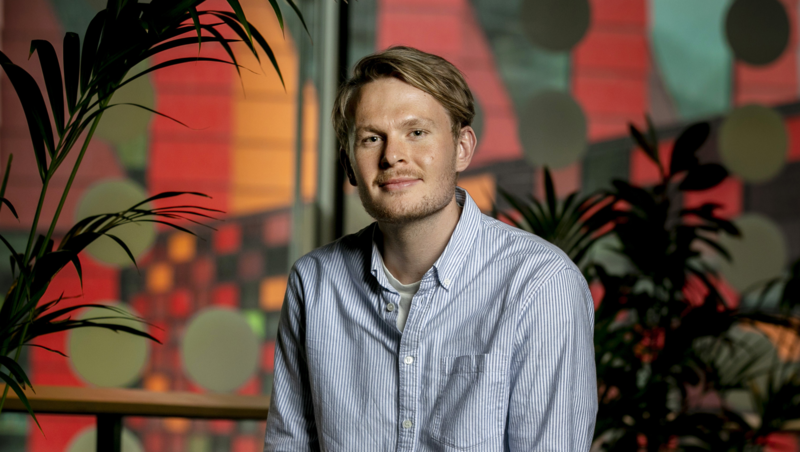
Carl-Fredrik Hansson
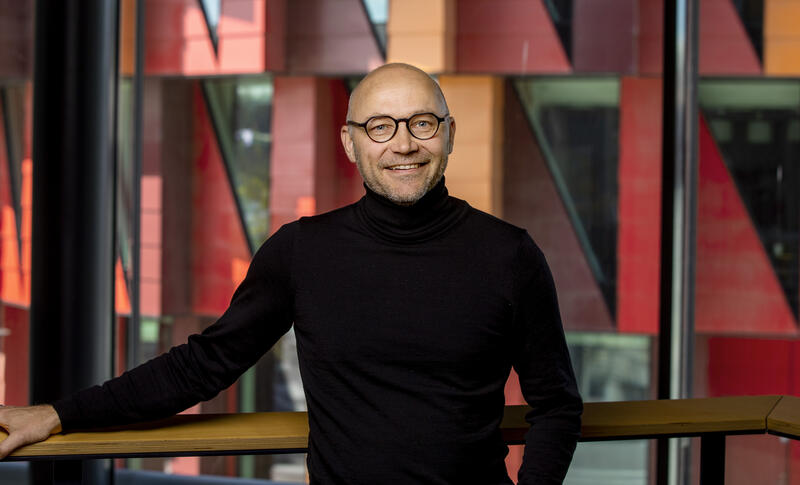
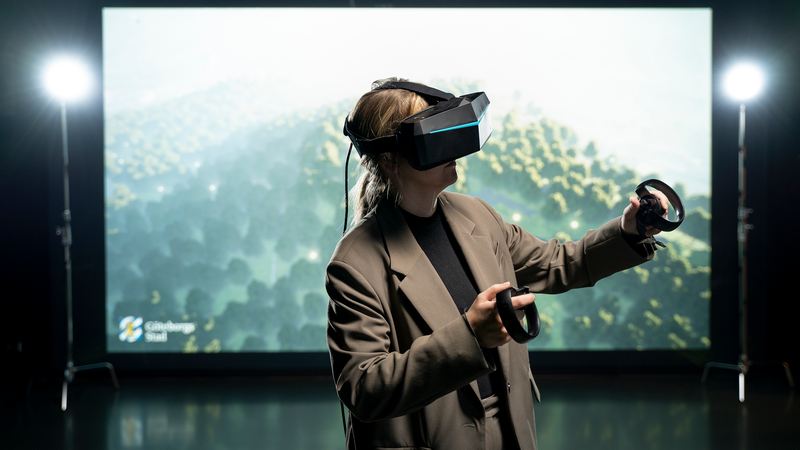
Let's make visualization a tool for everyone
Våra innovationsprojekt

Digital twin for circular food systems
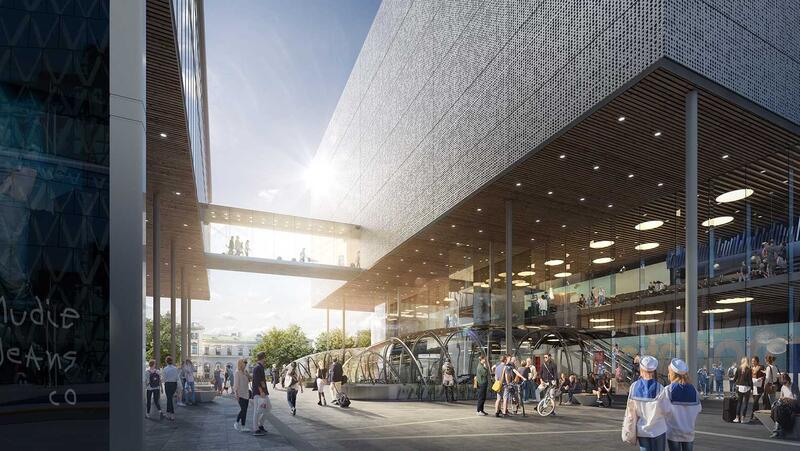
Norm-critical visualisation – preliminary study

Sustainable home development via increased MIK

Architectural Visualization Day

Climate neutral Gothenburg 2030
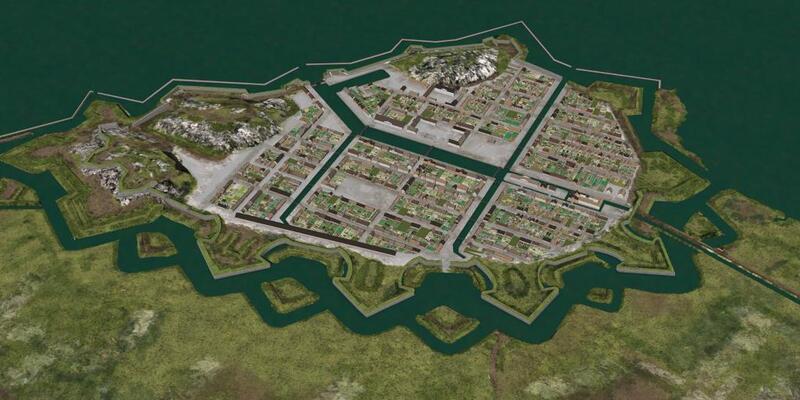
Digital city model 17th century
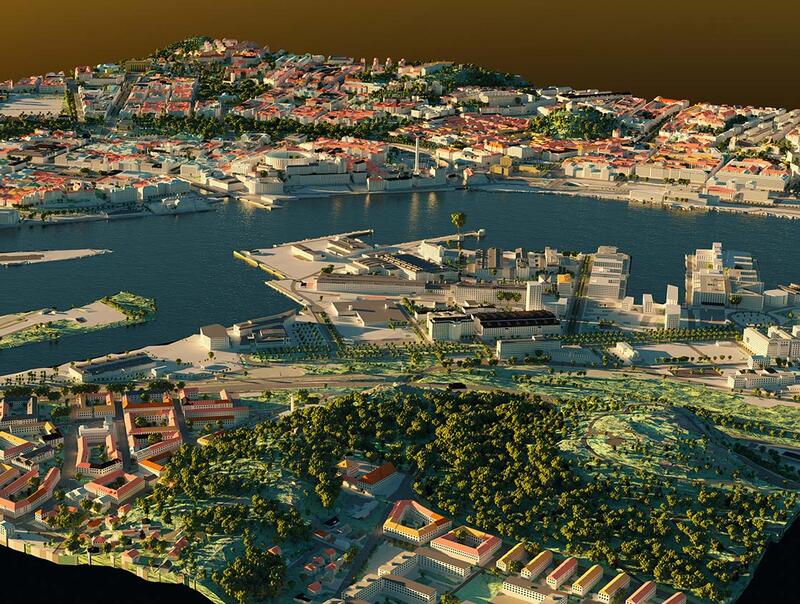
Digital Twin Cities Centre

Expanded rephotography

Experience to Insights Lab
Fewer stereotypes when the cities of the future are visualised

Framework for unique test bed
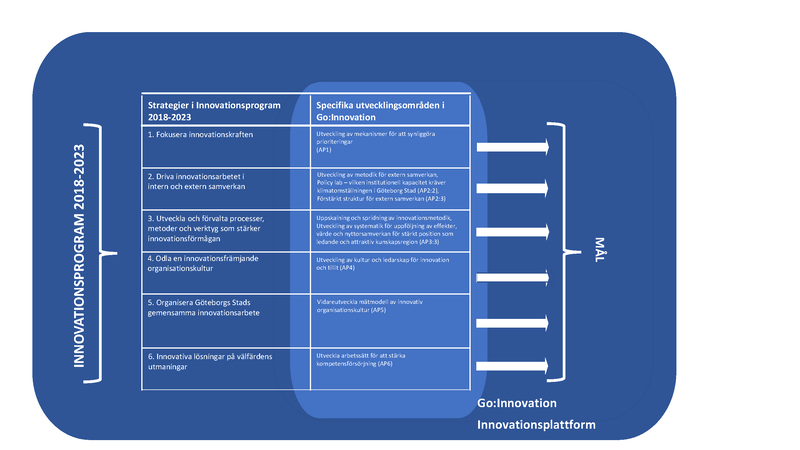
Go:innovation fas 3

Go:smart
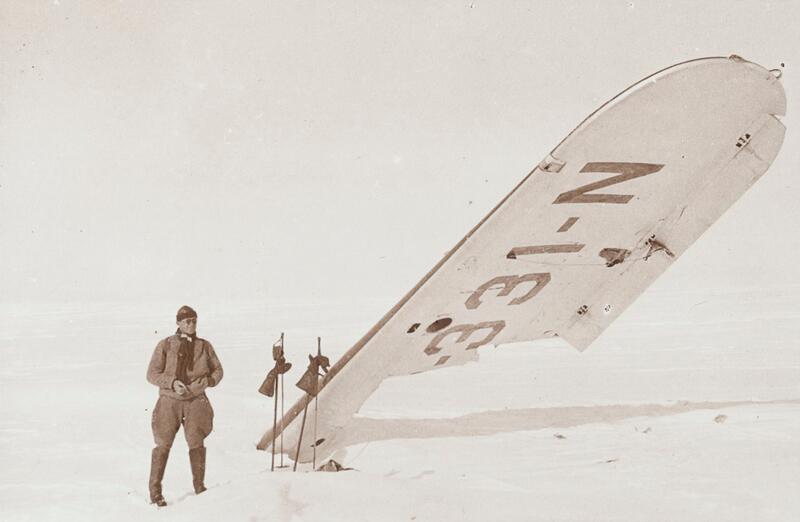
Methods for digital diagnosis of endangered cultural heritage
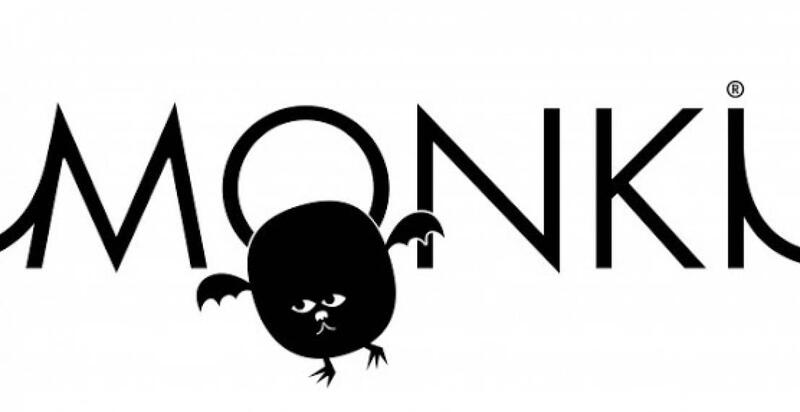
Monki R&D
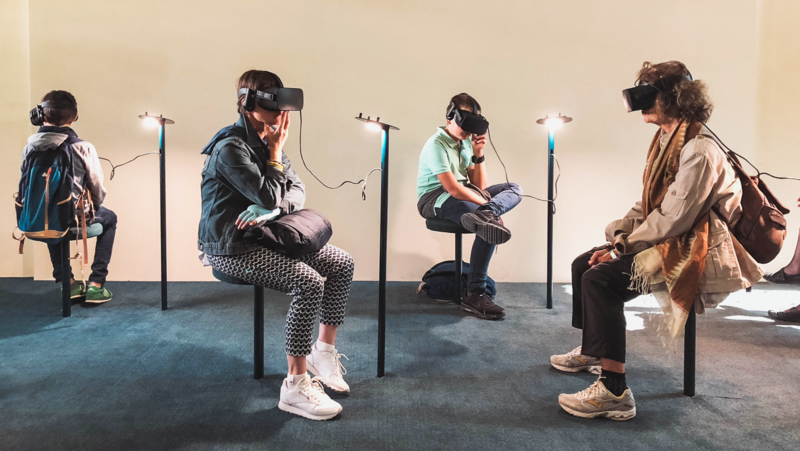
Narrative VR Lab
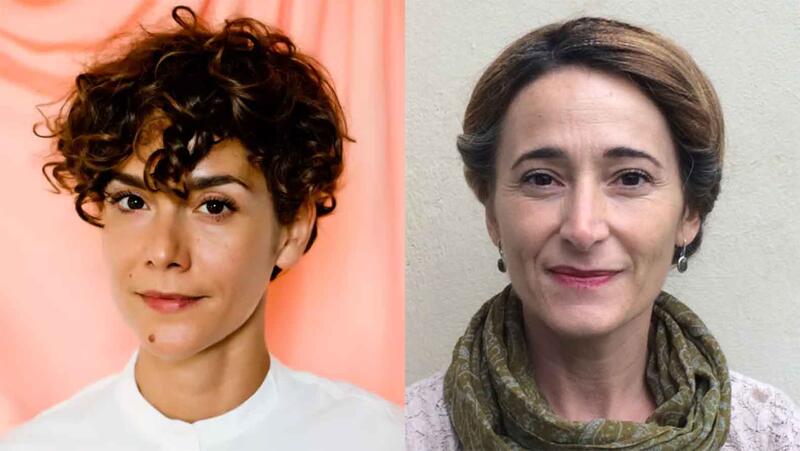
Narrative VR Lab 1
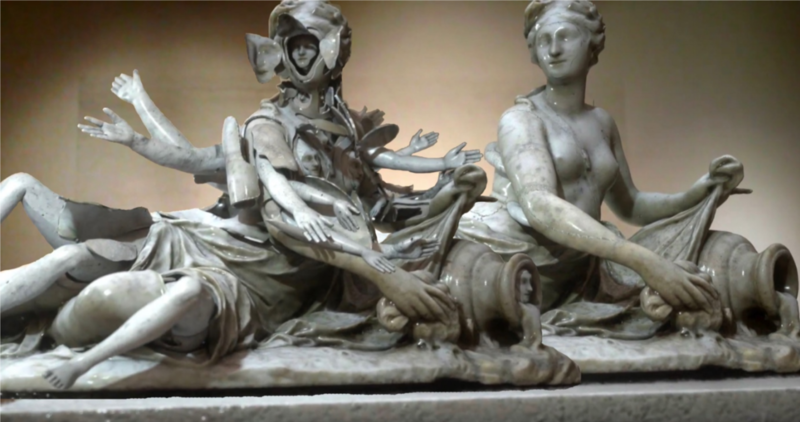
Narrative VR Lab 2
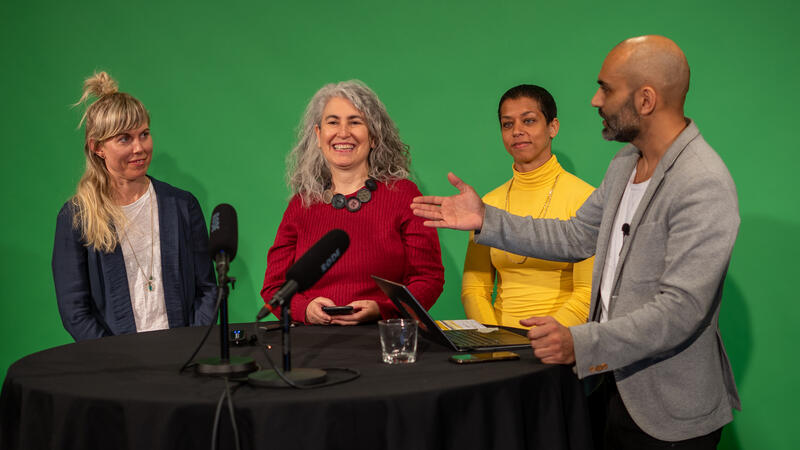
Narrative VR Lab 3
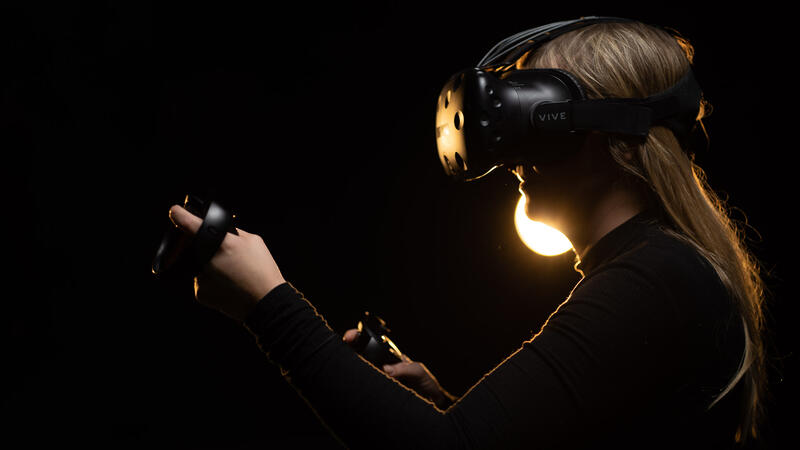
Narrative XR Lab
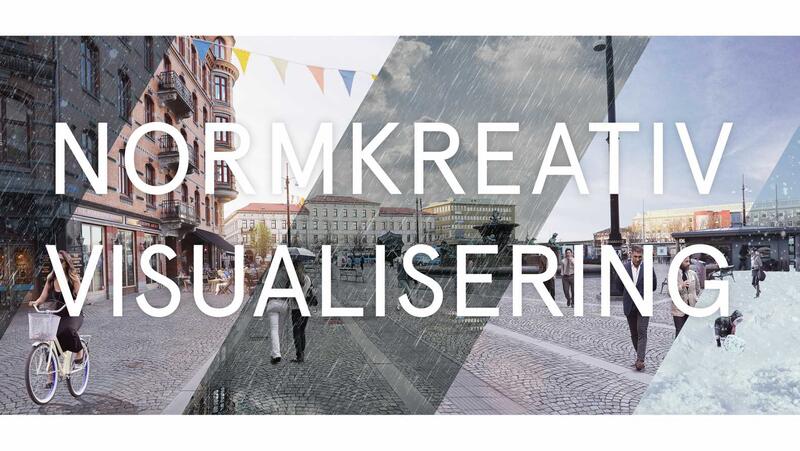
Norm-creative visualization in urban development
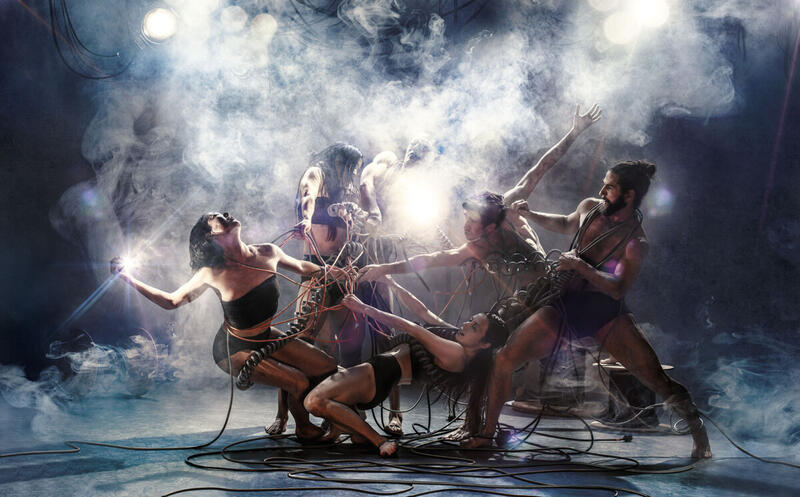
Operaverse
